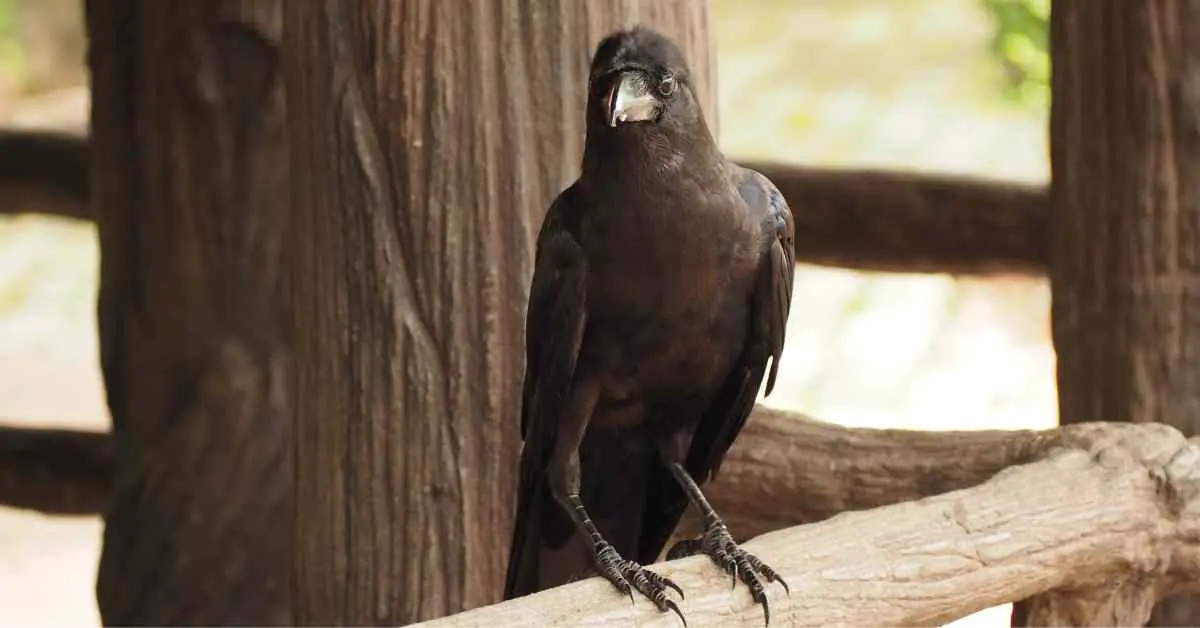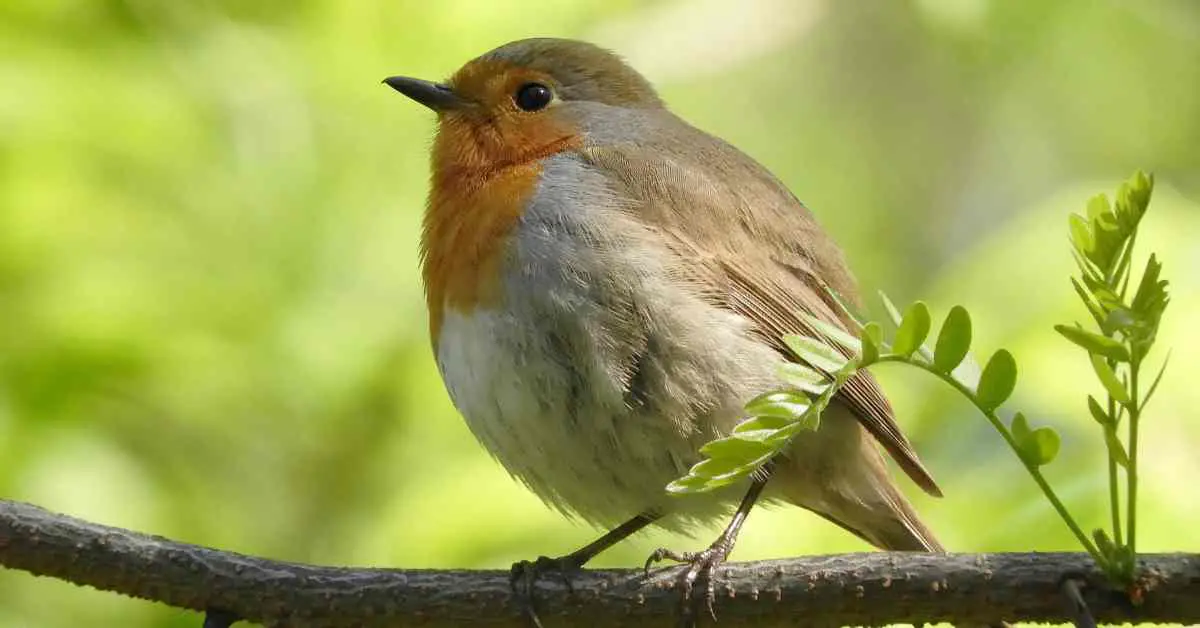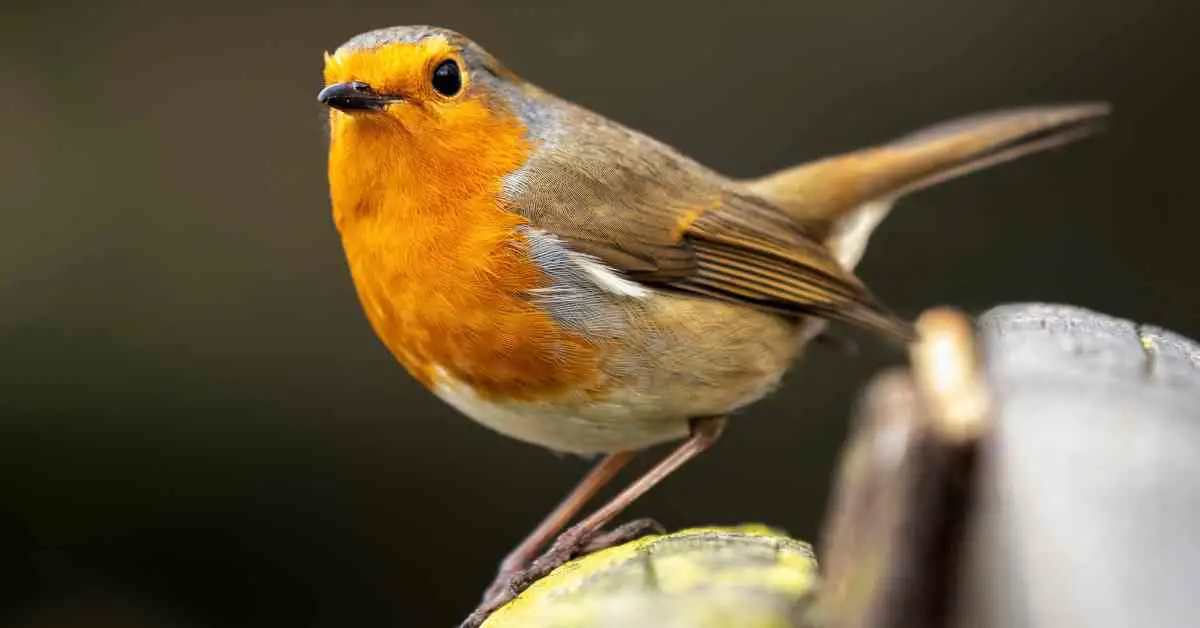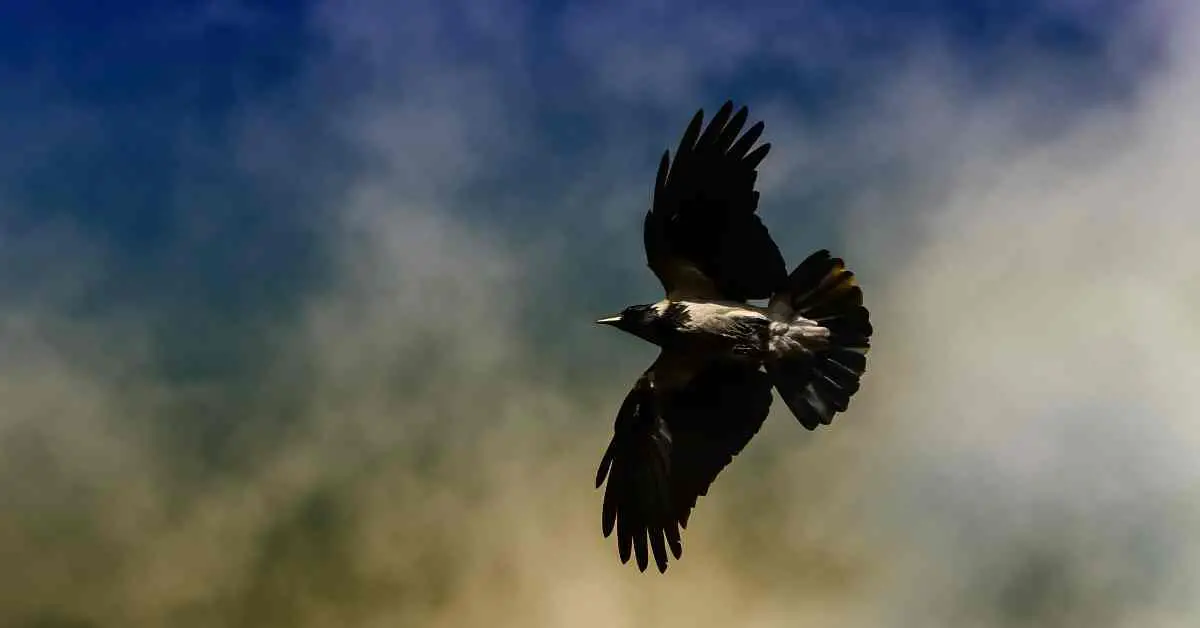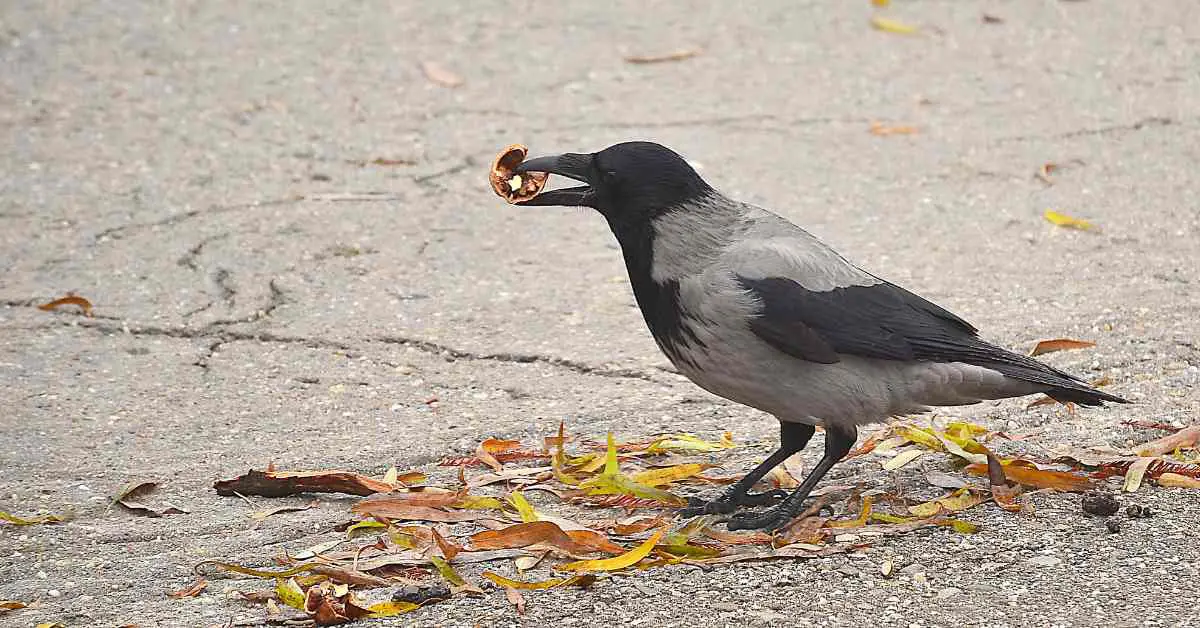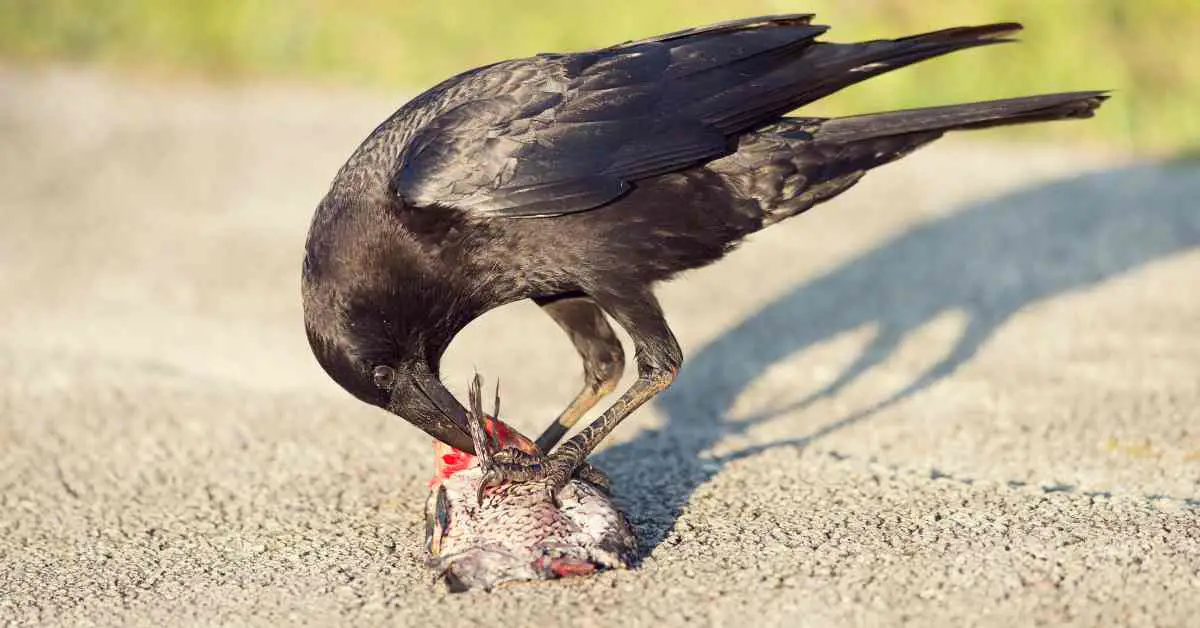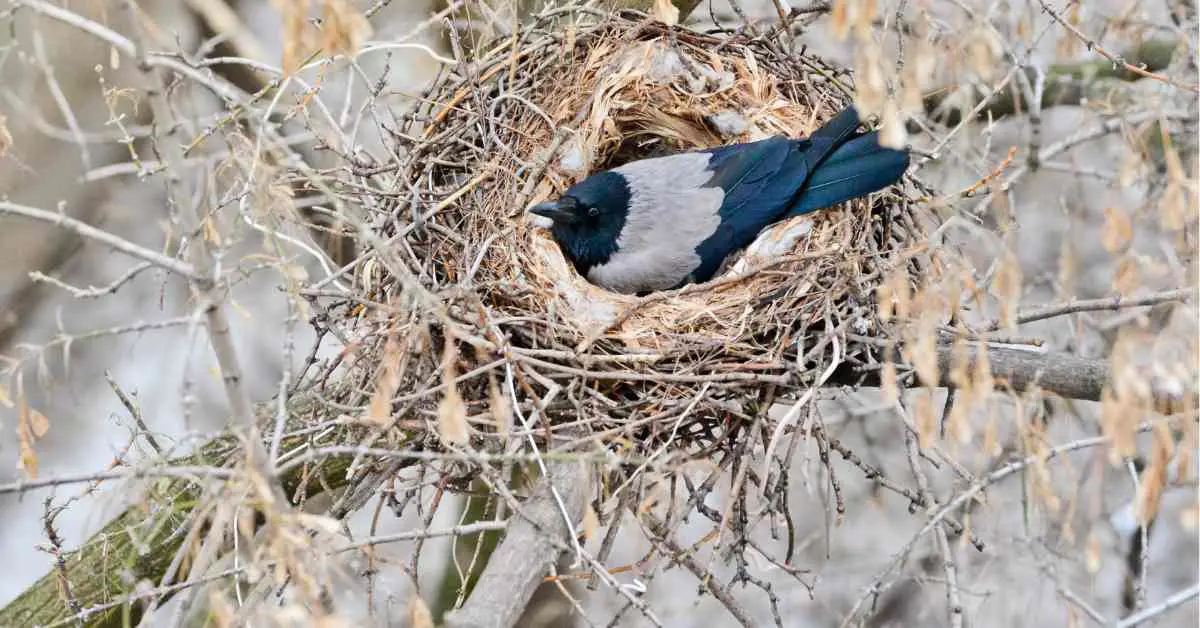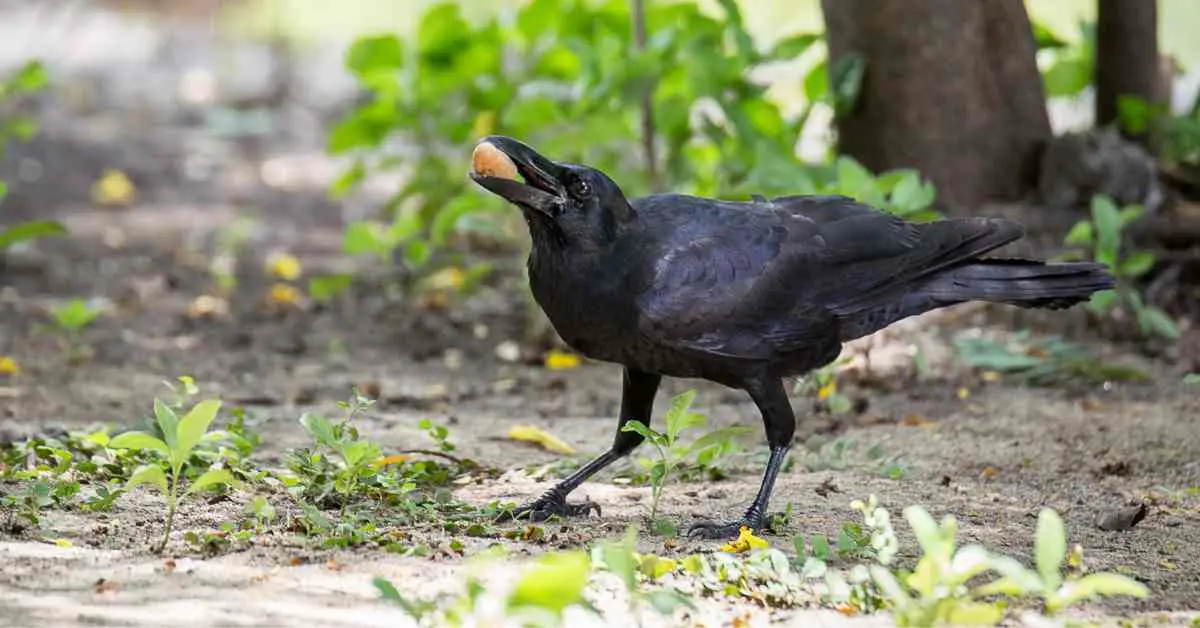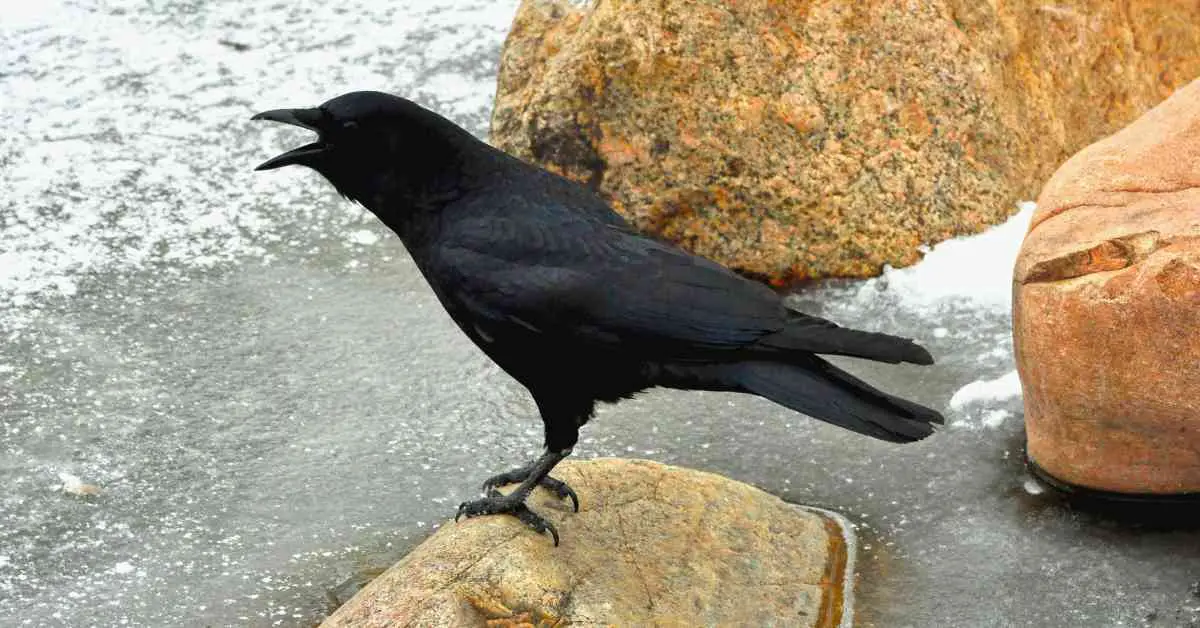Do Crows Have a Crop?
Crows have several digestive organs, which perform many essential functions to make their bodies work well in different situations. Few birds have a crop, while others do not have this part. Do Crows Have a Crop? Crows do not have crops because their digestive system is designed without this muscular pouch, and they have an … Read more

